Boiler & Burner
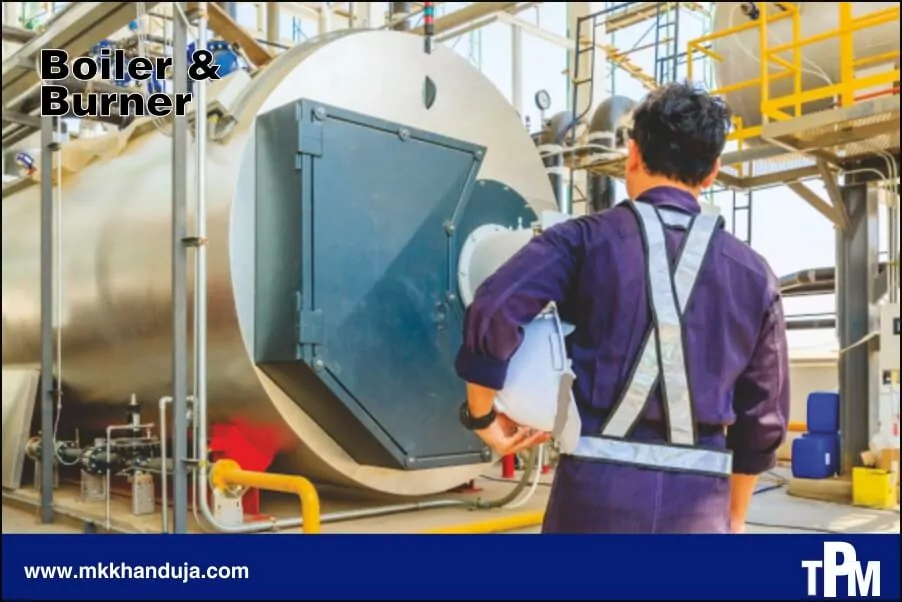
Boiler is an enclosed vessel which provides a means for combustion and uses water as a transferring medium for heat until it becomes hot water or steam. The hot water or steam under pressure is then usable for transferring the heat to a process.
Fire-tube boiler critical parameters of boiler
Following factors should be considered
• Quality of steam required – Steam quality is a measure of the amount of moisture in the steam. It is expressed as the weight of dry steam in a mixture of steam and water droplets. For example, steam of 99% quality contains 1% liquid water.
• Steam Generation rate in tonnes per hour
• Pressure of steam in bar
• Cyclicality – load cycle as per demand
• Efficiency in percentage
Critical parameters of boiler
• Boiler shell
• Combustion chamber
• Furnace
• Grate
• Heating surface
• Mounting
• Accessories
Boiler mountings
• Pressure Gauge
• Water level indicator
• Safety valve
• Fusible plug
• Blow of cock
• Steam stop valve
• Feed check valve
Boiler accessories
• Air preheater: It utilize the heat of exhaust gases to heat the air before entering the burner.
• Economizer: It is basically a heat exchanger which exchanges heat from the exhaust gases and supply it to feed water.
• Steam super heater: Used to super heat the steam.
• Feed pump: Raise the pressure of water and force it into the boiler.
• Injector: Used to feed water in boilers.
Draught
Draught is defined as “the pressure difference (between absolute gas pressure at any point in a gas flow passage and the atmospheric air outside the boiler) required to maintain flow of air and exhaust gases through the boiler setting.
Function of draught:
1. To supply required quantity of air to the boiler furnace for the combustion of fuel.
2. To remove exhaust gases from the boiler passage to maintain flow of air and gases.
3. To create pressure difference against pressure losses in the flow passage.
4. To discharge the exhaust gases such that they will not be objectionable or injurious to the surroundings.
Boiler performance parameters
1. Evaporative capacity
2. Equivalent evaporation
3. Factor of evaporation
4. Boiler efficiency
Evaporative capacity
Ability to evaporate water.
Generally it is expressed in terms of
a. Kg of steam/hour
b. Kg of steam /hour/area of heating surface
c. K g of steam/kg of fuel is fired
Critical parameters of boiler
• It can be defined as the amount of water evaporated from water at 100 deg C to dry and saturated steam at 100 deg C.
Factor of evaporation
• Ratio of heat received by 1kg water in liquid state at 1000C to that received by 1kg of water vapour at 1000C. Fc=h-hf/2257
where, h is enthalpy of water it is enthalpy of water in vapour state.
Boiler efficiency
• Ratio of heat utilized to the heat supplied.
• Efficiency= ma ( h – hf )/c
• Where ma=mass of water actual evaporated to the system which is the actual amount of steam generated.
• C= calorific value to the fuel
• hf=enthalpy of water at given feed temp. (from steam table)
• h=enthalpy of feed water
Boiler controlling parameters
There are mainly two parameters in boiler which need to be controlled
1. Feed water control – the output from the boiler i.e, the steam outputs and the level of water is given to transmitters. The output of transmitter is given to the controller which act as level indicator controller and flow indicator controller. If there is any error corresponding to desired set point, the signal from controller is given to the converter which will open or close the valve and the water will be drained out or filled according to required steam.
2. Combustion control system – The interrelationship between these two subsystems necessitate the use of fuel air ration controls. The steam drum pressure is an indication of balance between the inflow and outflow of heat. Therefore by controlling the steam supply one can establish balance between the demand for steam (process load) and supply of water.
Fuel control
Combustion air control
Different types of combustion control
There are three different types of combustion control systems
Combustion control system – The interrelationship between these two subsystems necessitate the use of fuel air ration controls. The steam drum pressure is an indication of balance between the inflow and outflow of heat. Therefore by controlling the steam supply one can establish balance between the demand for steam (process load) and supply of water.
Hardware used in control system
1. ON/OFF controls – Are still used in many industries but are generally used in small water tube boilers. When the pressure drops to a present value fuel & air are automatically fed into the boiler at predetermined rate until pressure has risen to its upper limit.
2. Positioning systems – Respond to changes in header pressure by simultaneously positioning the forced draft damper and fuel valve to a predetermined alignment. This is not used in liquid, gaseous fuel-fired boilers.
3. Metering control system – In this system control is regulated in accordance with the measured fuel and air flow.
This maintains combustion efficiency over a wide load ranges & over long period of time
4. Both metering & positioning control systems use steam header pressure as their primary measured variable & as a basis for firing rate demand. A master pressure controller responds to changes on header pressure and positions the dampers to control air flow and fuel valve to regulate fuel supply.
Coal burner and its mechanism
Coal burner works with the coal pulveriser and coal hopper usually. The coal in the hopper is conveyed to the coal pulveriser by screw conveyor. The coal pulveriser will crush the coal into pulverized coal. In the coal burner, the pulverized coal mixes with air (High-speed air flow is generated by the draft fan on the coal burner), and is ignited by the oil burning igniter.
Burner
Types of burners
There are six main types of burner in common use:
• Pressure jet
• Spill type pressure jet
• Variable orifice pressure jet
• Spinning cup
• Steam assisted
• Ultrasonic
Fire-tube boiler critical parameters of boiler
Following factors should be considered
• Quality of steam required – Steam quality is a measure of the amount of moisture in the steam. It is expressed as the weight of dry steam in a mixture of steam and water droplets. For example, steam of 99% quality contains 1% liquid water.
• Steam Generation rate in tonnes per hour
• Pressure of steam in bar
• Cyclicality – load cycle as per demand
• Efficiency in percentage
Critical parameters of boiler
• Boiler shell
• Combustion chamber
• Furnace
• Grate
• Heating surface
• Mounting
• Accessories
Boiler mountings
• Pressure Gauge
• Water level indicator
• Safety valve
• Fusible plug
• Blow of cock
• Steam stop valve
• Feed check valve
Boiler accessories
• Air preheater: It utilize the heat of exhaust gases to heat the air before entering the burner.
• Economizer: It is basically a heat exchanger which exchanges heat from the exhaust gases and supply it to feed water.
• Steam super heater: Used to super heat the steam.
• Feed pump: Raise the pressure of water and force it into the boiler.
• Injector: Used to feed water in boilers.
Draught
Draught is defined as “the pressure difference (between absolute gas pressure at any point in a gas flow passage and the atmospheric air outside the boiler) required to maintain flow of air and exhaust gases through the boiler setting.
Function of draught:
1. To supply required quantity of air to the boiler furnace for the combustion of fuel.
2. To remove exhaust gases from the boiler passage to maintain flow of air and gases.
3. To create pressure difference against pressure losses in the flow passage.
4. To discharge the exhaust gases such that they will not be objectionable or injurious to the surroundings.
Boiler performance parameters
1. Evaporative capacity
2. Equivalent evaporation
3. Factor of evaporation
4. Boiler efficiency
Evaporative capacity
Ability to evaporate water.
Generally it is expressed in terms of
a. Kg of steam/hour
b. Kg of steam /hour/area of heating surface
c. K g of steam/kg of fuel is fired
Critical parameters of boiler
• It can be defined as the amount of water evaporated from water at 100 deg C to dry and saturated steam at 100 deg C.
Factor of evaporation
• Ratio of heat received by 1kg water in liquid state at 1000C to that received by 1kg of water vapour at 1000C. Fc=h-hf/2257
where, h is enthalpy of water it is enthalpy of water in vapour state.
Boiler efficiency
• Ratio of heat utilized to the heat supplied.
• Efficiency= ma ( h – hf )/c
• Where ma=mass of water actual evaporated to the system which is the actual amount of steam generated.
• C= calorific value to the fuel
• hf=enthalpy of water at given feed temp. (from steam table)
• h=enthalpy of feed water
Boiler controlling parameters
There are mainly two parameters in boiler which need to be controlled
1. Feed water control – the output from the boiler i.e, the steam outputs and the level of water is given to transmitters. The output of transmitter is given to the controller which act as level indicator controller and flow indicator controller. If there is any error corresponding to desired set point, the signal from controller is given to the converter which will open or close the valve and the water will be drained out or filled according to required steam.
2. Combustion control system – The interrelationship between these two subsystems necessitate the use of fuel air ration controls. The steam drum pressure is an indication of balance between the inflow and outflow of heat. Therefore by controlling the steam supply one can establish balance between the demand for steam (process load) and supply of water.
Fuel control
Combustion air control
Different types of combustion control
There are three different types of combustion control systems
Combustion control system – The interrelationship between these two subsystems necessitate the use of fuel air ration controls. The steam drum pressure is an indication of balance between the inflow and outflow of heat. Therefore by controlling the steam supply one can establish balance between the demand for steam (process load) and supply of water.
Hardware used in control system
1. ON/OFF controls – Are still used in many industries but are generally used in small water tube boilers. When the pressure drops to a present value fuel & air are automatically fed into the boiler at predetermined rate until pressure has risen to its upper limit.
2. Positioning systems – Respond to changes in header pressure by simultaneously positioning the forced draft damper and fuel valve to a predetermined alignment. This is not used in liquid, gaseous fuel-fired boilers.
3. Metering control system – In this system control is regulated in accordance with the measured fuel and air flow.
This maintains combustion efficiency over a wide load ranges & over long period of time
4. Both metering & positioning control systems use steam header pressure as their primary measured variable & as a basis for firing rate demand. A master pressure controller responds to changes on header pressure and positions the dampers to control air flow and fuel valve to regulate fuel supply.
Coal burner and its mechanism
Coal burner works with the coal pulveriser and coal hopper usually. The coal in the hopper is conveyed to the coal pulveriser by screw conveyor. The coal pulveriser will crush the coal into pulverized coal. In the coal burner, the pulverized coal mixes with air (High-speed air flow is generated by the draft fan on the coal burner), and is ignited by the oil burning igniter.
Burner
Types of burners
There are six main types of burner in common use:
• Pressure jet
• Spill type pressure jet
• Variable orifice pressure jet
• Spinning cup
• Steam assisted
• Ultrasonic

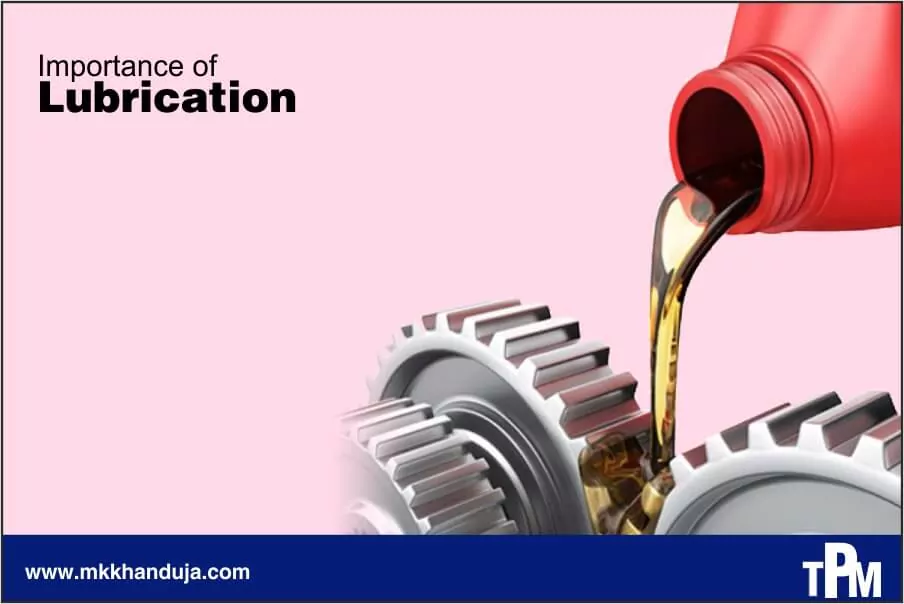
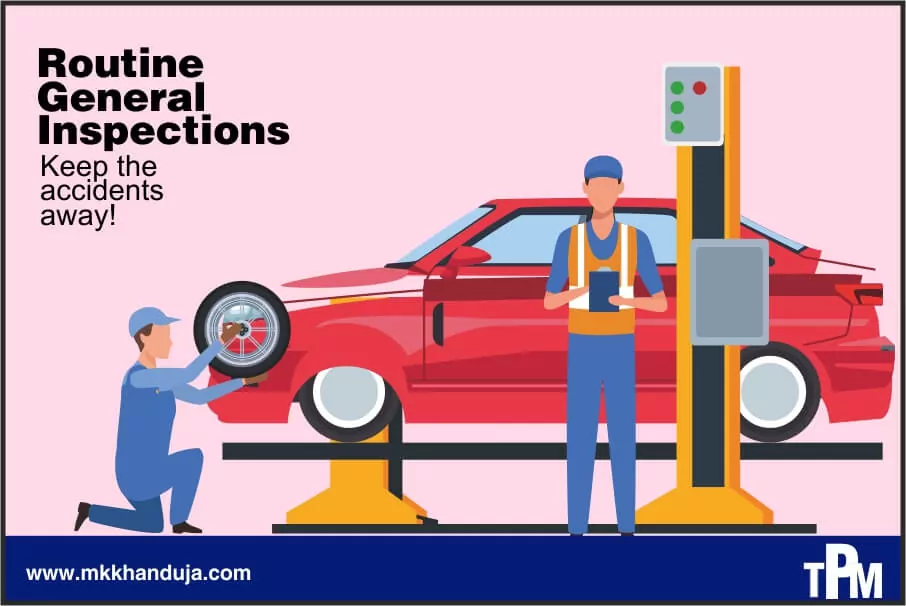
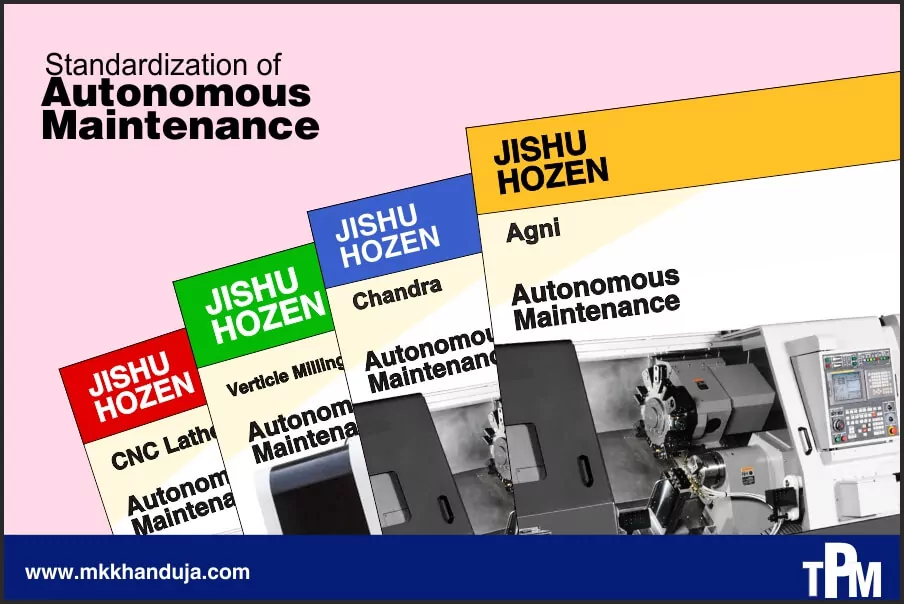
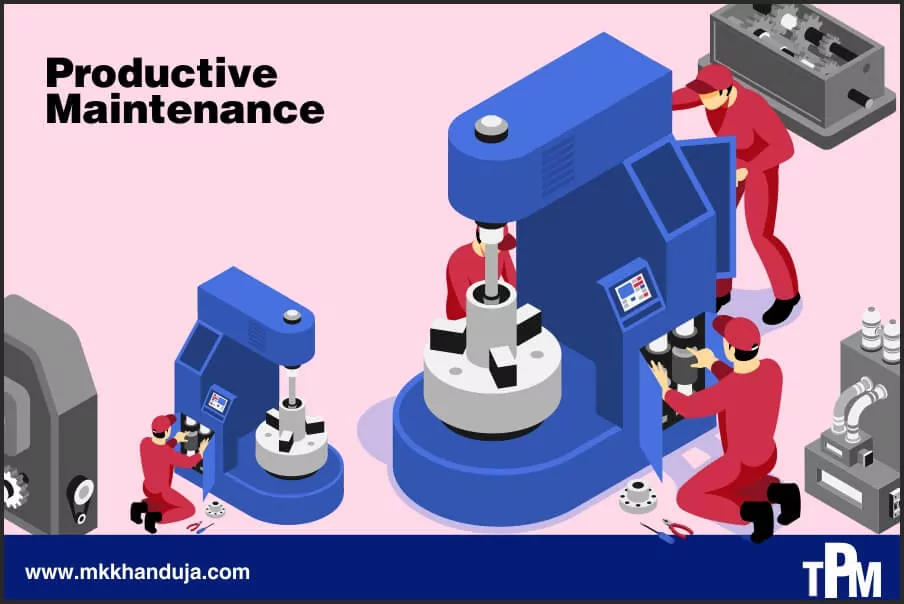
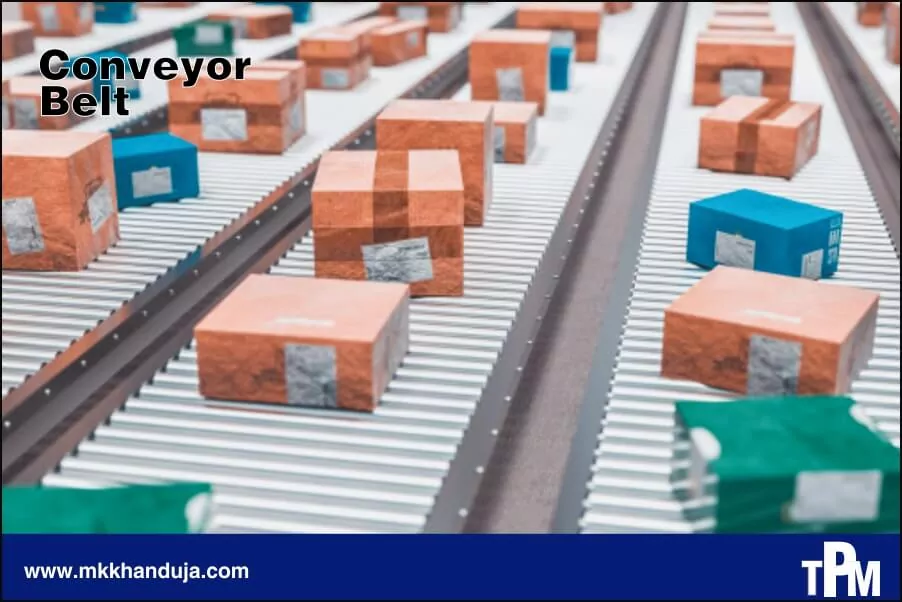
Comments